Test cricket stuck on the back foot as faster formats prosper
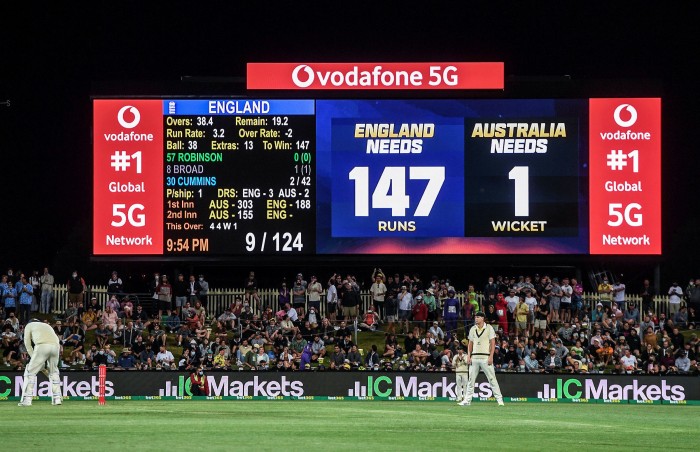
Roula Khalaf, Editor of the FT, selects her favourite stories in this weekly newsletter.
When England’s Ollie Robinson was bowled out in comical fashion in the fifth Test at Hobart, backing away from the ball, it was a suitably ignominious finale to his country’s 2021-22 Ashes campaign in Australia.
England’s attempt to regain the coveted urn — the notional prize for the winner — had already failed after just 12 days’ play, with defeat in the third Test in Melbourne (Australia had won the first two of the five-match series).
For the neutral observer, it was often uncomfortable to witness Australia’s battering of the hapless tourists. For a series billed as the ultimate rivalry in Test cricket, it was a sorry advert for the game.
But Test cricket — supposedly the most revered format of the sport, with matches taking up to five days — has been in decline for some time, judging by the attitudes of players, their representatives and the millions of fans who bankroll the sport. Even before Covid-19 played havoc with schedules and shut out spectators, Test cricket was struggling.
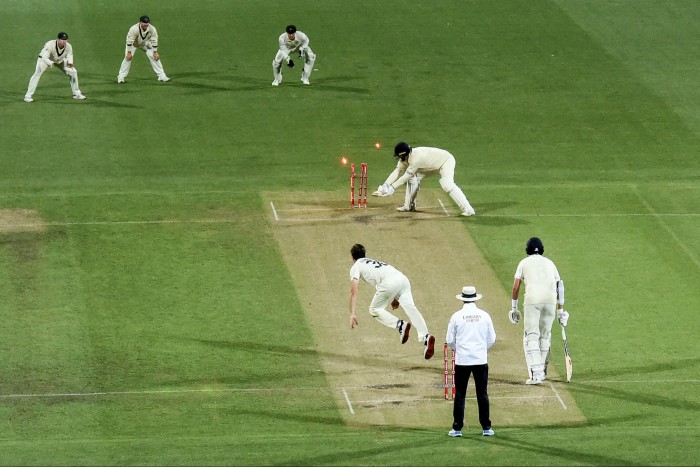
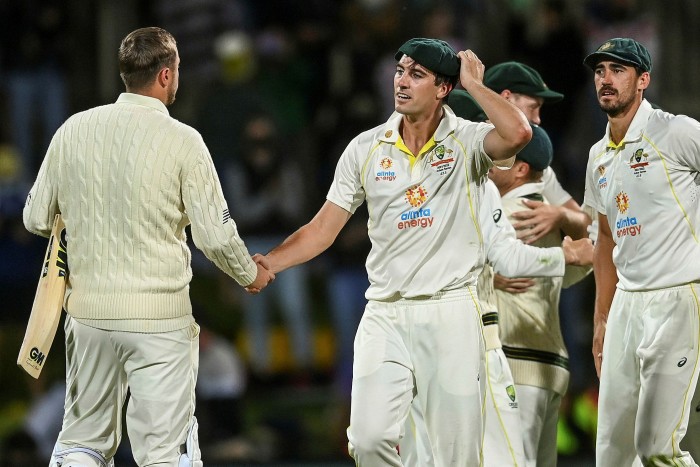
Compared with the instant gratification of limited-overs cricket, where a match lasts a few hours, a five-day Test match can look staid. And broadcasters are obviously keen to satisfy their customers’ cravings.
To the media companies, the long format of the game is not as valuable as it was or as popular as one-day internationals and the even shorter Twenty20.
Tom Moffat, chief executive of the Federation of International Cricketers’ Associations (Fica), which represents professional cricketers in nine of the 12 Test-playing nations, admits Test cricket “is in trouble”.
“Cricket is spoilt for choice with the number of successful formats that exist,” points out Moffat, who is also a lawyer and a former first-class cricketer for South Australia.
“Cricket has not done a particularly good job of bringing those formats together in a clear global structure, and Test cricket is a victim of that.”
He adds that Test cricket is having to compete with other international fixtures, as well as lucrative domestic short-format leagues.
The Indian Premier League, which uses the T20 format, is the richest competition in the sport and attracts the world’s best players. As such, the international calendar has to fit around it.
But the tournament is to be extended from six to 10 weeks, piling even greater pressure on the global cricket calendar. “The owners of the IPL franchises are not interested in the health of cricket; they are interested in getting the most from their assets,” says one official, who wishes to remain anonymous.
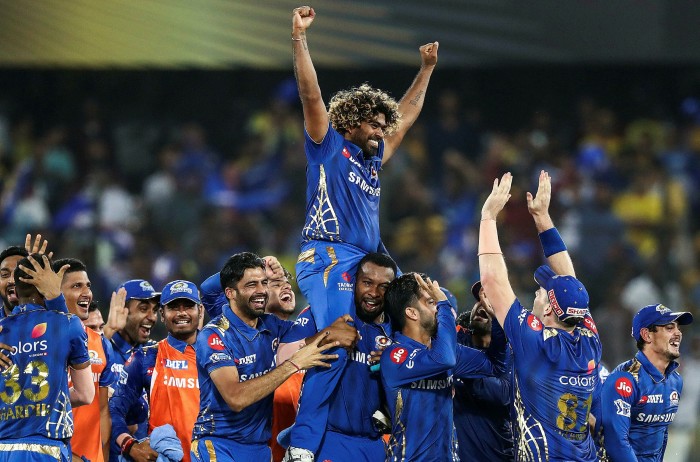
According to Moffat, 82 per cent of men who responded to a Fica survey in 2018-19 said Test cricket was the most important format to play.
But many respondents said they were worried about its future, and some players and officials do not think the International Cricket Council, the global governing body, is doing enough to uphold the five-day game.
Geoff Allardice, ICC chief executive, will not be drawn on whether the governing body still views Test cricket as the pinnacle of the game.

“All three versions are important,” he says, “and help us address commercial and fan preferences.”
Allardice does, however, point out that the ICC is looking at ways to reinvigorate the five-day version and has introduced day/night matches as well as the World Test Championship.
The final of this competition last June, in which New Zealand beat India, was watched live by 130mn viewers in 89 territories.
But critics say the championship, which runs over two and half years, based on series between nine countries, is “incoherent” and the points system “lacks credibility”.
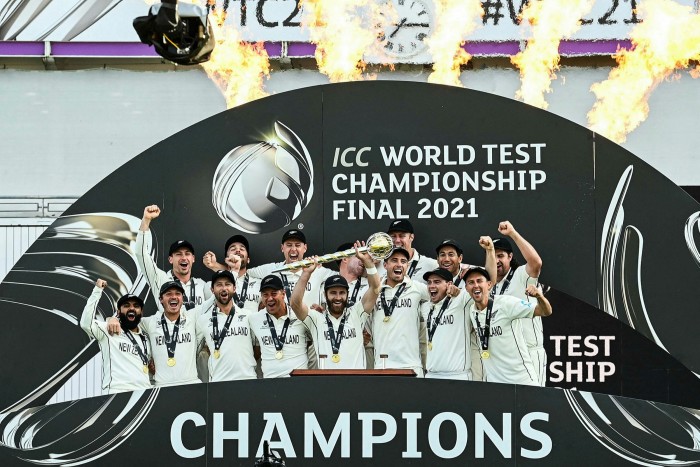
Moffatt believes the championship has been a “step in the right direction”, though he would like the ruling body to do more. “The ICC views itself as a members’ organisation, rather than a global governing body,” he says.
“Many of the decisions in our game, including on scheduling, are therefore made by the member boards based on regional interests, and not necessarily in the interests of the global game.”
Moffat warns that, unless players are meaningfully engaged and there is greater support for Test cricket, the lure of well-paid domestic competitions will be harder to resist.
Some cricketers have already made their choice.
AB de Villiers and Chris Gayle, outstanding players for South Africa and the West Indies respectively, were both paid handsomely after giving up Test cricket to play in T20 tournaments around the world.
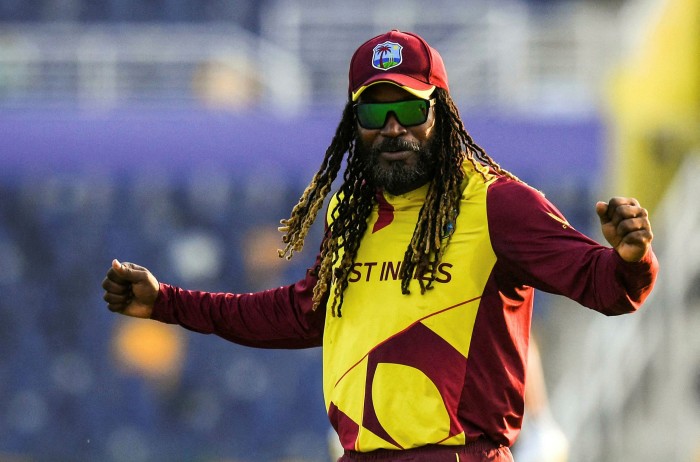
“Players will naturally gravitate towards greater job and financial security, like employees in any industry,” says Moffatt.
Allardice, however, points to signs of renewed vitality in Test cricket.
He cites Bangladesh’s recent shock defeat of New Zealand, and South Africa’s comeback to win their series against favourites India in January.
But many commentators say England’s abject performance in the Ashes reflects a decline in the importance of Test cricket in the country and the malign influence of the shorter format.
England failed to post a score of 300 or more in 10 attempts — a level of underperformance that is almost unheard of — prompting observers to blame limited-overs cricket for the batters’ impatience and flawed technique.
Pundits and former players also point to a crowded schedule that gave too much space to T20 cricket.
“We need a clear global structure and a balanced international calendar,” argues Moffat, who expresses frustration over how the game is being run.
“I understand that decisions need to be made for commercial reasons, but we also need to find a balance and make decisions that benefit cricket.
“There is a real possibility that, in 10 years, fewer teams will be playing Test cricket and we won’t see a lot of the best players in the international game.”
Weekly newsletter

Scoreboard is the Financial Times’ new must-read weekly briefing on the business of sport, where you’ll find the best analysis of financial issues affecting clubs, franchises, owners, investors and media groups across the global industry. Sign up here.

Comments